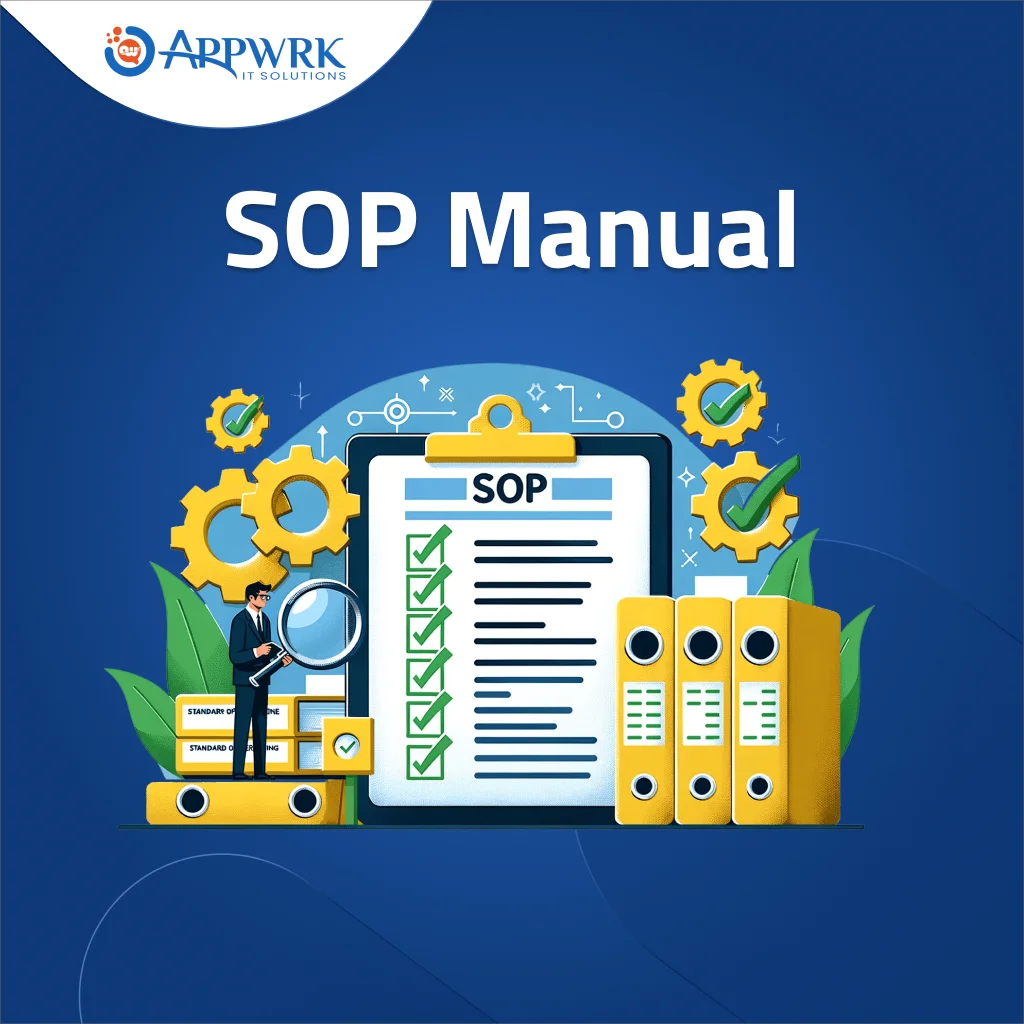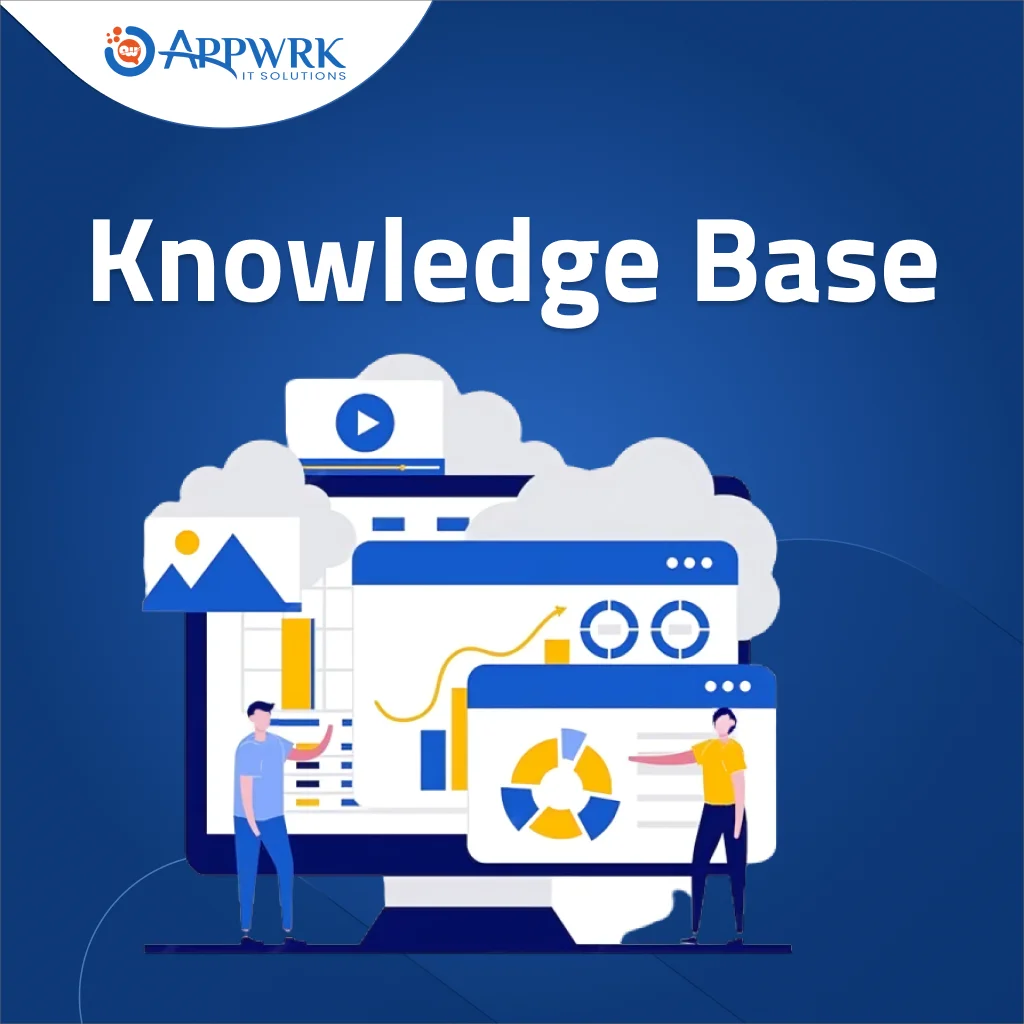How to Create a User Manual? A Simple Guide
User manuals are essential guides for using products or services effectively. Although they’ve been around for decades, their importance remains unchanged. In this article we will discuss, how to create user manual from scratch, its benefits, types and steps to write a effective user manual guide.
Table of contents
What is a User Manual?
A user manual, also known as a user guide, is a document that provides step-by-step instructions for using a product or service. It typically includes information on product features, setup procedures, operation guidelines, troubleshooting steps, and maintenance instructions.
Additionally, user manuals often include tips, warnings, and other relevant information to ensure safe and optimal usage. The primary purpose of a user manual is to assist users in understanding how to effectively use a product or service.
Types of User Manual
User manuals, a form of technical writing, serve as user guides to understand and operate products or systems effectively. User manuals come in different types, each serving different needs for different product. Understanding these types can be helpful for you while picking up the right product manual. Here are some commonly used user manual types:
- Instruction Manual: These manuals are commonly found in most products you purchase. They explain how to use the product and provide important details. A good manual shows that the company cares about its users and helps the product last longer.
- Training Manual: This Manual helps employees learn about a specific job or business. It’s made to educate them and improve their skills. Usually given to new employees, it teaches them how things work in that field. Training manuals can be in different formats like PDFs or presentations.
- Service Manual: It is a detailed document from a company that explains how to service their products. For example, when you buy a car or machine, you get a service manual. It tells you details to maintaining that product. It’s not just for buyers; it helps mechanics too. Service manuals also show that the company cares about safety.
- User Manual: As we have mentioned above, a user manual is a compilation of step-by-step instructions for all the functionalities a product or service offers.
- Operation Manual: Also called an Operator’s Manual, this document guides users on how to use a product step by step. It explains all the product’s operations. The goal is to make users efficient and ensure safety with complex products.
- Organisation Policy Manual: This Manual informs employees and stakeholders about the company’s policies and guidelines. It clarifies rules, regulations, and procedures and enhances transparency and work culture.
- Standard Operating Procedures(SOPs) Manual: Just like the Operation Manual, SOPs also do the same by providing the steps for operation to be followed, but the only difference is that an SOP is used for operations within an organization, unlike the Operation Manual.

Features of User Manual Documentation
A user manual documentation provides clear instructions on how to use a product or service effectively. It includes step-by-step guidance, troubleshooting tips, and safety precautions. Its goal is to make the user experience intuitive and hassle-free.
- Introduction: The introduction in a user manual gives a quick overview of the product/service and how to use the manual. It helps users get familiar with what to expect and sets the tone for the rest of the document.
- Description:The description section in a user manual provides detailed information about the product or service, including its features, specifications, and functionality. It helps users understand the capabilities and limitations of the product/service, allowing them to use it effectively.
- Assembly/Installation: The assembly/installation part of a user manual gives clear, step-by-step instructions for setting up or installing the product, often with diagrams and illustrations for easy understanding.
- Maintenance:The maintenance section of a user manual offers tips and instructions for keeping the product in good shape. It covers routine tasks, troubleshooting, and care guidelines for longevity.
- Warranty: The warranty section outlines the terms and conditions of the product’s warranty, including coverage, duration, and exclusions. It informs users about their rights and responsibilities regarding potential repairs or replacements.
- Support:The support section helps users get assistance with product issues through customer support contact details, troubleshooting tips, and FAQs.
Essential Elements of a Great User Manual Documentation
Every form of document has a set of elements that it needs, and it is crucial to include each and every one of them, no matter how. Those who are new to writing user manuals usually don’t know these elements but worry not because we will tell you each and every element that you can incorporate into your documents to make the best version of it.
- Plain Language: Use simple and clear language so users can easily understand instructions without confusion.
- Visual Aids: Include images, diagrams, or videos to visually guide users through instructions and make complex concepts easier to grasp.
- Troubleshooting: Provide troubleshooting tips or a troubleshooting section to help users resolve common issues quickly.
- Updates: Keep the manual updated with the latest information and revisions to ensure accuracy and relevance over time.
- Easy Navigation: Organize the manual with clear headings, subheadings, and a table of contents for easy navigation and quick access to specific information.
How to Write a User Manual? Step by Step Guide
Crafting a user manual can be both beneficial and challenging, especially when following a step-by-step process. While it assists users in understanding a product better, mastering the Complexities of manual creation demands attention to detail and simplicity in language.
Steps to follow:
- Understand your Product/Service: Before you start writing your user manual, you need to understand the way the product/service works. An In-depth analysis of your product/service will help you find more content.
- Know your audience: Identify the target users of your products and understand their needs, preferences and proficiency level. This knowledge will guide the language, tone and level of detail in your user manual.
- Outline the manual: Create a structured outline outlining the key sections and topics you plan to cover in your user manual. This serves as a roadmap for organizing your content effectively.
- Write the content: Once you have decided on the outline, the main job comes in, which is inserting the content. You have to write down the content according to the approved outline while making sure that it suits your target audience.
- Design the Layout: Design an intuitive and visually appealing layout for your user manual. Use headings, bullet points, and illustrations to enhance readability and comprehension.
- Review and test: When you have finished writing the user manual, you have to test it to see whether the instructions you have provided can be navigated by the readers. Then, you should ask for reviews and rectify any mistakes pointed out.
- Finalize and publish: After reviewing and rectifying the user manual, all you need to do is Finalize and publish it for the audience to access.
- Update Regularly: Keep your user manual up-to-date by revising it regularly to reflect any changes or updates to your product. This ensures that users always have access to the most accurate and relevant information.
Why Does Your Business Need a User Manual Documentation?
“As a business owner, improving your customer service while managing costs is crucial. A customized user manual can significantly benefit your business by reducing support costs, enhancing efficiency, and fostering customer loyalty. Look no further than APPWRK IT SOLUTIONS for expert content writing services tailored to your needs. Contact us today to streamline your operations and delight your customers!”

FAQs related to User Manual
A user manual in SAP (Systems, Applications, and Products in Data Processing) offers concise guidance on navigating and utilizing SAP software efficiently,
enhancing user experience within the SAP environment.
To create a user manual in Word, start by outlining the content you want to include, such as instructions, screenshots, and troubleshooting tips. Then, use Word’s formatting tools to organize the information into clear sections with headings and bullet points for easy readability. Finally, visuals like images or diagrams should be added to enhance understanding.
The main purpose of a user manual is to provide clear instructions and guidance on how to use a product or software effectively. It aims to help users understand its features, functions, and troubleshooting steps to optimize their experience and minimize errors.
A user manual is usually written by people who know a lot about the product. They gather information from different sources, like developers and testers, and write it in a way that’s easy for anyone to understand.
A user guide typically provides broader, conceptual information about a product’s features and functionalities, while a user manual offers more detailed, step-by-step instructions on how to use the product effectively. User guides are often more comprehensive and may include tutorials or examples, whereas user manuals focus on practical usage and troubleshooting.
To use a user manual, first check its contents to find what you need. Then, follow the simple instructions step by step, looking at any pictures or examples if you get stuck. If you’re having trouble, check the troubleshooting section for solutions.
| Relatable Post | |
| Impacts of Content Writing in 2024 | Different Type of Technical Writing |
| Effective API Documentation Guide | Top 12 Technical writing Tools |
About The Author
























































